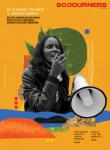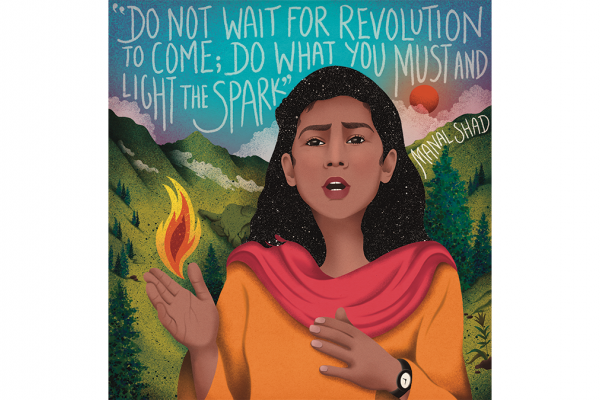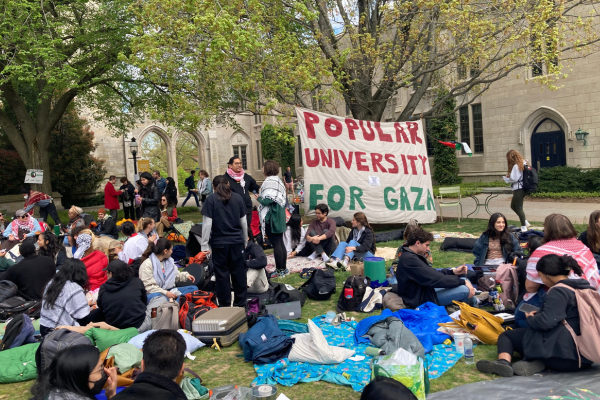“BRINGING HOME THE incarnation was the motivation for Clarence’s writing, his preaching, and his living. He believed that the incarnation was the only method of evangelization, that ‘we haven’t gotten anywhere until we see the word become flesh.’” So wrote associate editor Joyce Hollyday in our December 1979 cover feature on the Southern activist/farmer/writer Clarence Jordan. Our December issue, for many years, was our “incarnation” issue, focused on a contemporary or historical figure who lived out the way of Jesus.
As Hollyday explained in 1979, and as Mitchell Atencio does in this issue, Jordan was all about the “word become flesh.” While many of us first encountered Jordan in his “words” — his captivating, perspective-changing Cotton Patch translations of the New Testament — Atencio points to the “flesh” of Jordan’s life, particularly the transformative actions of Jordan’s role in co-founding an integrated community in the mid-20th century South. As Hollyday put it, “His words about justice were applauded by the local whites around him, until they discovered that he meant to live out what he preached from the pulpit.” That “living out” business is the dangerous heart of the incarnation.

Got something to say about what you're reading? We value your feedback!






